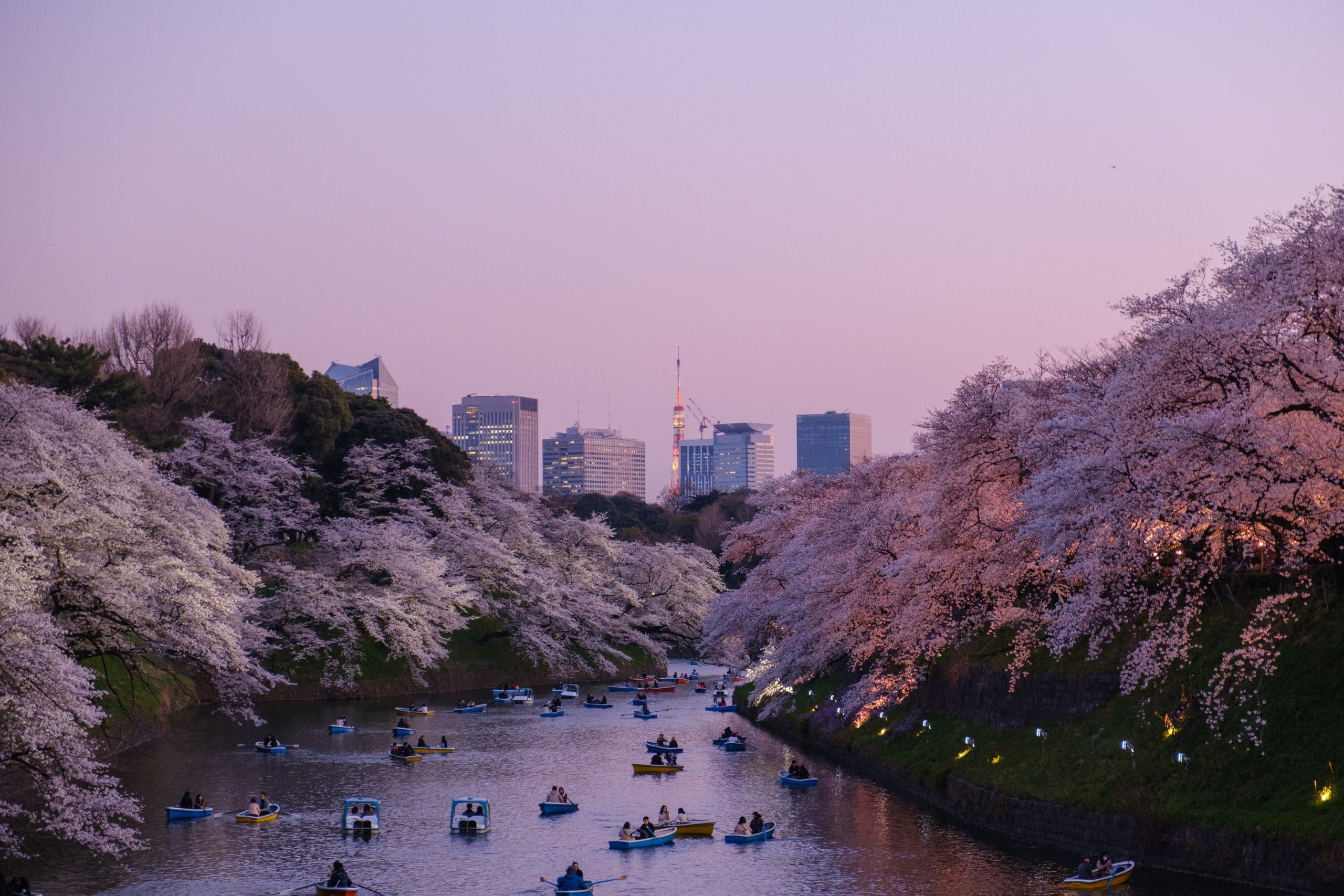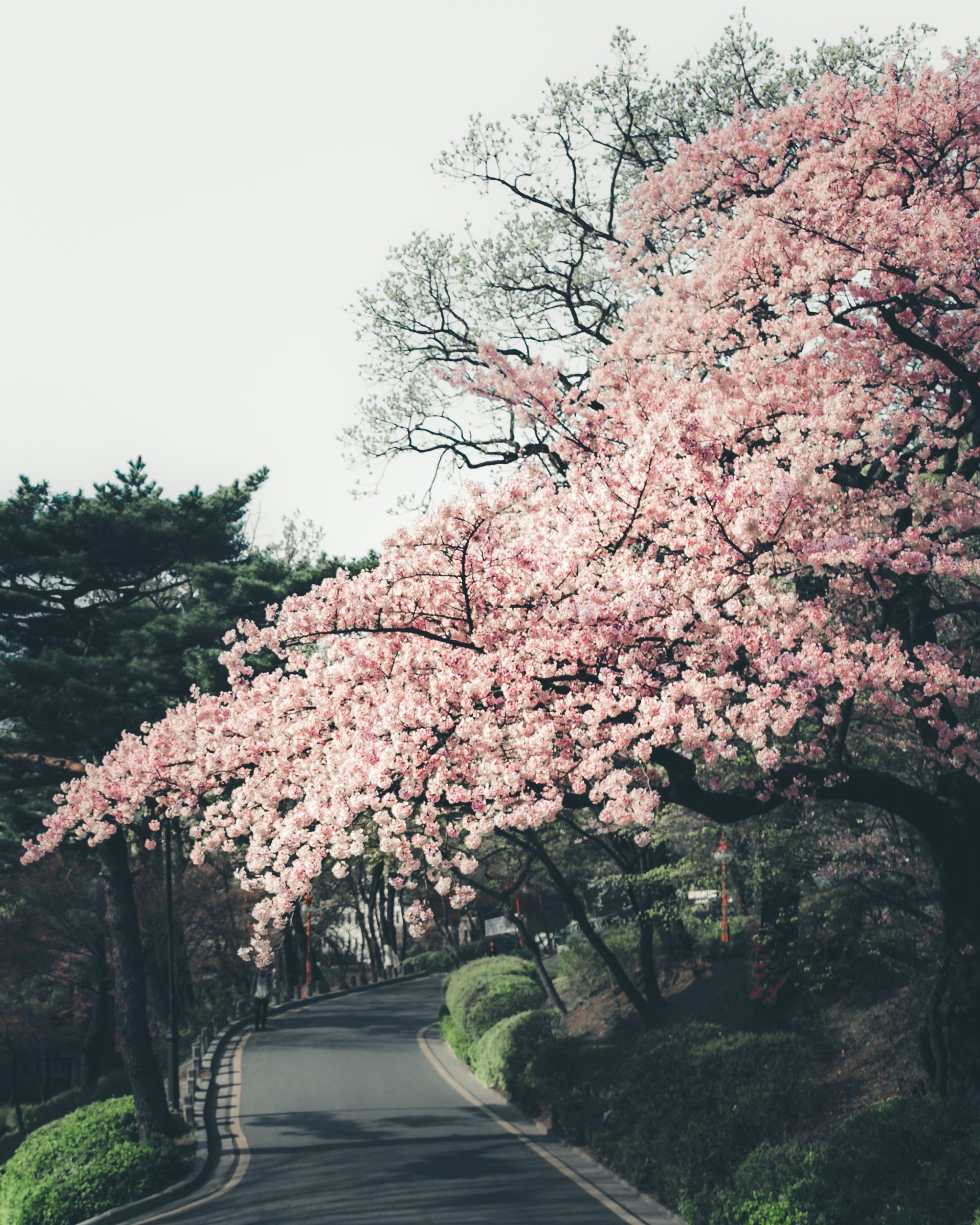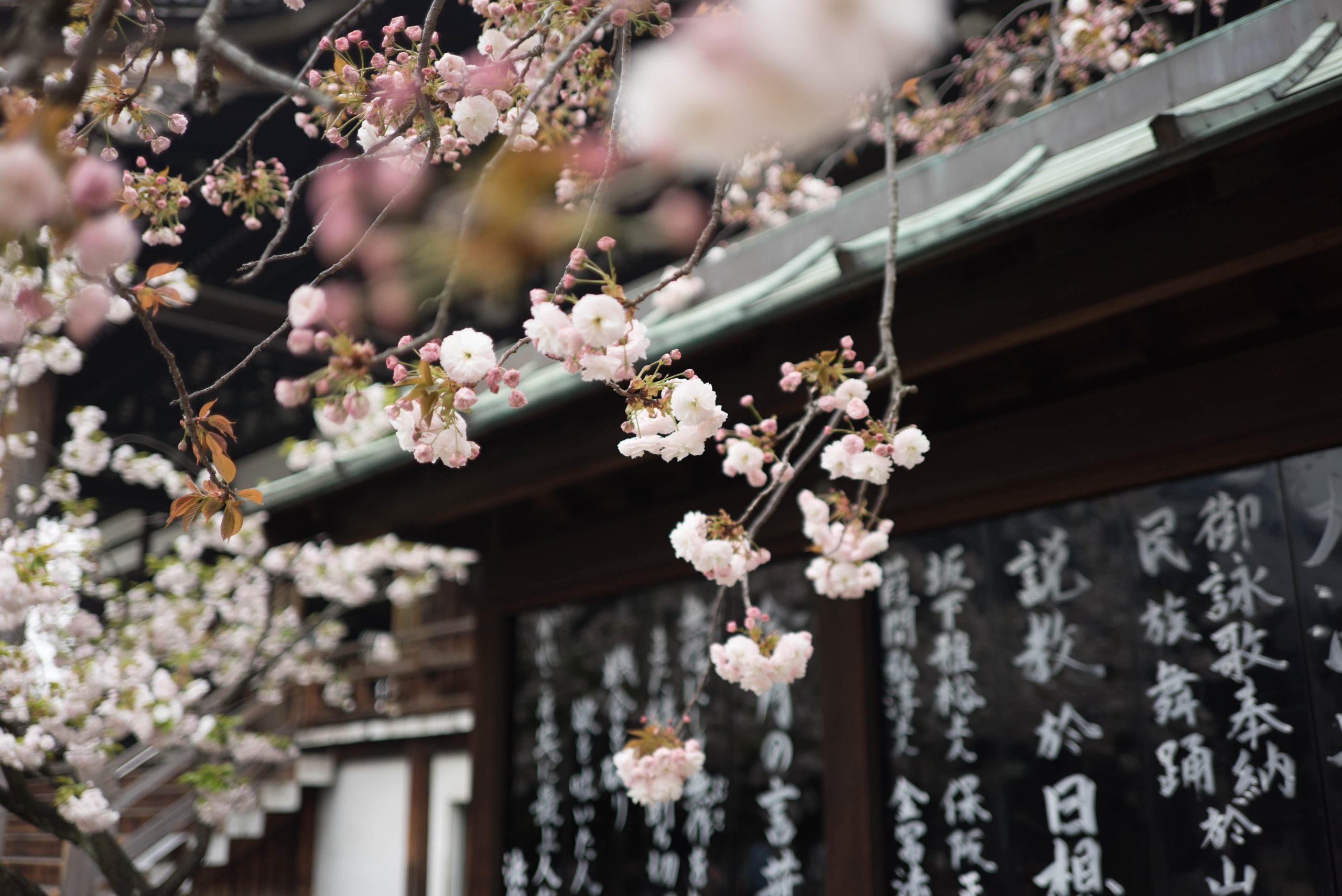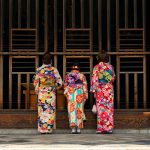Sakura Serenity: Exploring the Cherry Blossom Season in Japan
As winter’s icy grip loosens its hold on Japan, nature begins to stir, and a transformation takes place that is eagerly anticipated by both locals and tourists alike. The arrival of spring brings with it a breathtaking spectacle that has come to symbolize the ephemeral beauty of life itself: the cherry blossom season in Japan, known as “Sakura” in Japanese.
Every year, usually in late March to early April, Japan is blanketed in a delicate, fleeting pink and white haze as cherry blossoms burst into full bloom. In this blog, Green Sun Travel will delve into the enchanting world of cherry blossom season in Japan and explore the cultural significance, the best places to view them, and the captivating traditions associated with this annual spectacle.
Exploring the Best Places to View Cherry Blossom season in Japan
When it comes to enjoying the enchanting beauty of cherry blossom season in Japan, choosing the right location is essential. Here, we’ll delve deeper into some of the best places to view sakura, each with its unique charm and allure.
Kyoto – A Timeless Sakura Haven

Kyoto, known for its rich history and cultural heritage, is undoubtedly one of the most picturesque places to witness cherry blossoms in Japan. Here, you’ll find a seamless blend of tradition and nature during sakura season:
- The Philosopher’s Path: This serene walkway along the canal in the Higashiyama district is lined with hundreds of cherry trees. It’s named after the famous philosopher Nishida Kitaro, who found inspiration strolling here. The path’s natural beauty and cherry blossoms create a tranquil atmosphere.
- Maruyama Park: Located in the Gion district, this park is one of Kyoto’s most popular hanami spots. The centerpiece is a massive weeping cherry tree, illuminated at night, creating a magical ambiance. Food stalls and the sound of traditional Japanese instruments add to the festive atmosphere.
- Kinkaku-ji (The Golden Pavilion) and Ginkaku-ji (The Silver Pavilion): These two iconic temples are surrounded by beautifully landscaped gardens and, of course, cherry blossoms. The juxtaposition of the gold-covered Kinkaku-ji and the subtle beauty of the Ginkaku-ji, combined with the blossoms, is truly captivating.
Tokyo – Urban Beauty Amidst Modernity
Tokyo, a bustling metropolis, may not be the first place that comes to mind for cherry blossom viewing, but it offers a striking contrast between nature and urban life:
- Ueno Park: One of Tokyo’s most famous hanami spots, Ueno Park features over a thousand cherry trees. The park’s museums, a zoo, and a boating pond make it a perfect destination for a full-day hanami experience. The sight of cherry blossoms against the backdrop of historic museums is truly unforgettable.
- Shinjuku Gyoen National Garden: This vast and meticulously maintained garden offers an oasis of tranquility amidst Tokyo’s urban chaos. Cherry trees of different varieties ensure an extended viewing period, making it a prime spot for late bloomers or early arrivals.
Hokkaido – Late-Blooming Beauty
While cherry blossoms typically bloom in late March to early April in most of Japan, Hokkaido, Japan’s northernmost island, offers a different experience:
- Goryokaku Park in Hakodate: Hokkaido’s cherry blossoms bloom later, usually in late April to early May. Goryokaku Park is renowned for its star-shaped fort and the surrounding moat, both lined with cherry trees. The contrast of the pink blossoms against the fort’s sharp lines is a sight to behold.
Himeji Castle – A White Castle Amidst Pink Splendor
Himeji Castle, a UNESCO World Heritage site, is known for its stunning white exterior and impressive architecture. During cherry blossom season, the castle’s vast surrounding gardens come alive with a sea of pink blooms. It’s a unique opportunity to combine Japan’s historical architecture with the ephemeral beauty of sakura.
The Significance of Sakura: A Symbol of Life’s Ephemeral Beauty
The cherry blossom season in Japan is a time when the country’s landscape is transformed into a mesmerizing sea of delicate pink and white blossoms, but its meaning goes far beyond just a display of nature’s beauty. This annual event carries profound cultural and philosophical significance deeply rooted in Japanese history and tradition.
- The Transitory Nature of Life: The cherry blossoms, with their short-lived, ephemeral beauty, serve as a powerful metaphor for the transient nature of human existence. In Japanese culture, it is believed that life, like the sakura, is fleeting and impermanent. This concept is encapsulated in the Japanese phrase “Mono no aware,” which translates to “the pathos of things.” It represents an awareness of the impermanence of life and a bittersweet appreciation of its fleeting nature. The cherry blossoms serve as a poignant reminder that life, like the blossoms, is beautiful but brief.
- The Philosophy of Impermanence: The concept of impermanence is deeply ingrained in various aspects of Japanese culture, including religion, art, and literature. Buddhism, for instance, emphasizes the impermanence of all things and encourages individuals to embrace change and uncertainty. The sakura season echoes these philosophical principles, reminding people to accept the transitory nature of life and find beauty in the present moment.
- The Need to Savor Every Moment: Cherry blossoms bloom for a very short period, typically only a week or two, depending on the weather. This brevity underscores the importance of savoring each moment, appreciating the present, and finding joy in the ephemeral nature of existence. The Japanese tradition of hanami, or cherry blossom viewing, encourages people to come together with loved ones to celebrate life’s fleeting beauty and create lasting memories.
- Renewal and Hope: In addition to symbolizing the transitory nature of life, cherry blossoms also represent renewal and hope. The blossoms emerge after a long, cold winter, signaling the arrival of spring and the promise of new beginnings. In Japanese culture, this renewal is celebrated with enthusiasm, as the country embraces the warmer months and the opportunities they bring.
Hanami: A Celebratory Embrace of Nature’s Beauty

Hanami, which translates to “flower viewing” in Japanese, is a beloved and time-honored tradition that encapsulates the essence of cultural connection with the cherry blossom season in Japan. It is not merely a leisurely picnic under flowering trees but a cultural ritual that brings people from all walks of life together to celebrate the ephemeral beauty of sakura.
- Cultural Tradition: Hanami has deep historical roots in Japan, dating back to the Nara period (710-794), when the aristocracy would gather to appreciate the beauty of cherry blossoms and compose poetry beneath the blossoming trees. Over the centuries, this practice evolved and became more accessible to people from all social strata, transforming into a beloved national tradition.
- Community and Togetherness: The essence of hanami lies in the communal experience. Friends, families, coworkers, and even strangers converge in parks, gardens, and along riverbanks. They lay out picnic blankets, share food and drinks, and engage in lively conversations. Hanami is not just about viewing the blossoms; it’s about sharing the moment with loved ones and creating lasting memories.
- Sakura-Inspired Food and Drinks: Hanami is not complete without a selection of sakura-themed treats. These include sakura mochi (sweet rice cakes wrapped in cherry blossom leaves), sakura-flavored tea, and even sakura-infused alcoholic beverages. These delicacies add to the festive atmosphere and enhance the sensory experience of hanami.
- Illuminated Evening Hanami: Some hanami gatherings extend into the evening, where lanterns and illuminations are used to light up the cherry blossoms. This creates a magical atmosphere, and the serene beauty of the blossoms takes on a different allure under the soft, warm glow of the lanterns.
- Contemplation and Reflection: While hanami is certainly a joyful occasion, it also offers moments for quiet contemplation. People sit beneath the trees and reflect on the symbolism of the cherry blossoms, the fleeting nature of life, and the importance of cherishing each moment.
- Celebrating the Changing Seasons: Hanami marks the transition from winter to spring, and the blossoming of sakura is a symbol of renewal and hope. The beauty of this season is not just about the visual spectacle but also about the emotional and spiritual rejuvenation it brings.
Conclusion
The cherry blossom season in Japan is more than a simple natural spectacle; it’s a cultural phenomenon that captures the essence of the country’s spirit. As the petals fall gently to the ground, it serves as a reminder to cherish the beauty in fleeting moments, appreciating the transient nature of life. Witnessing the cherry blossoms in Japan is a unique and mesmerizing experience that should be on everyone’s bucket list. So, plan your visit to Japan during the sakura season, and let the delicate charm of these blossoms transport you into a world of serenity and wonder.







